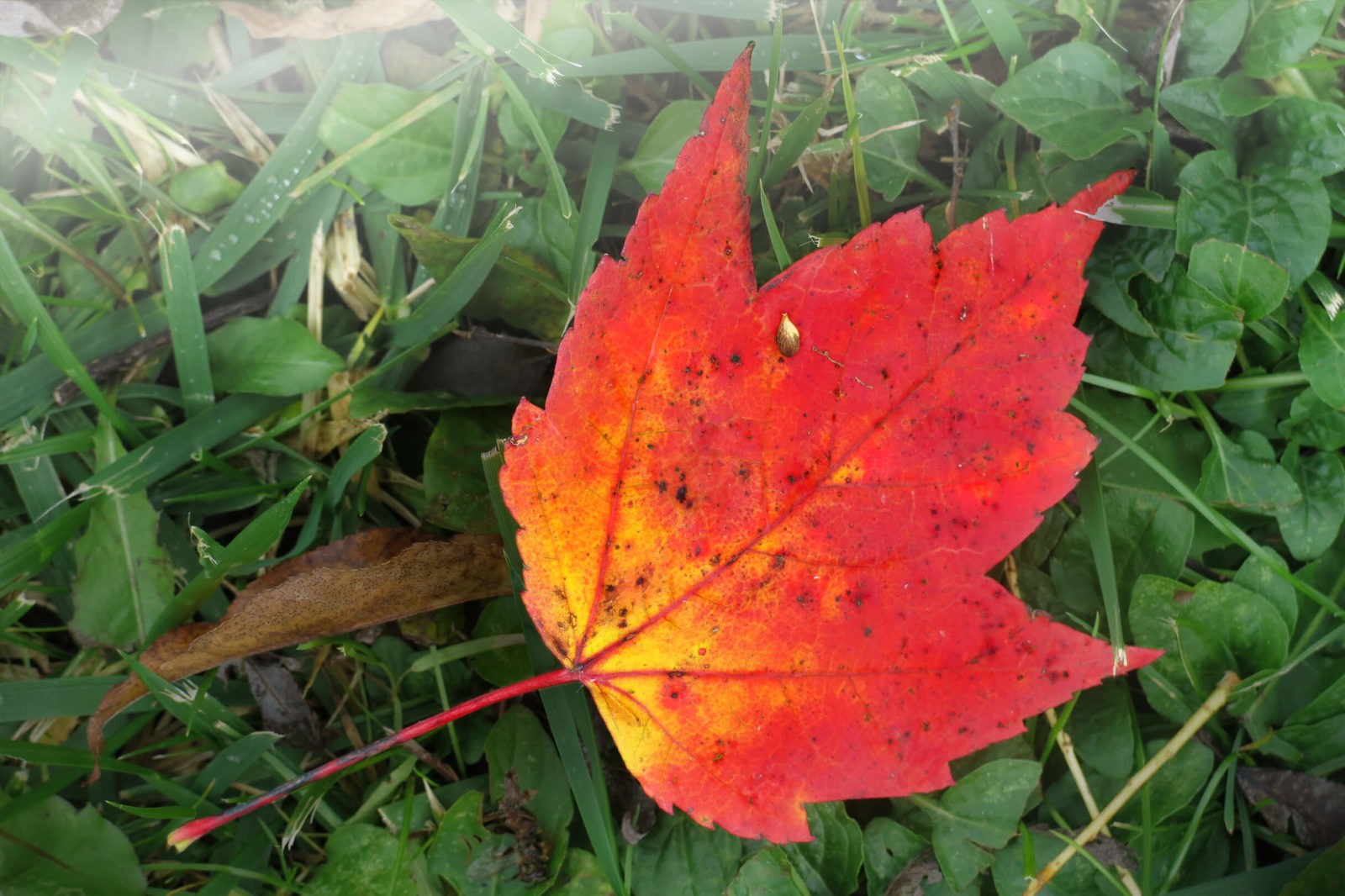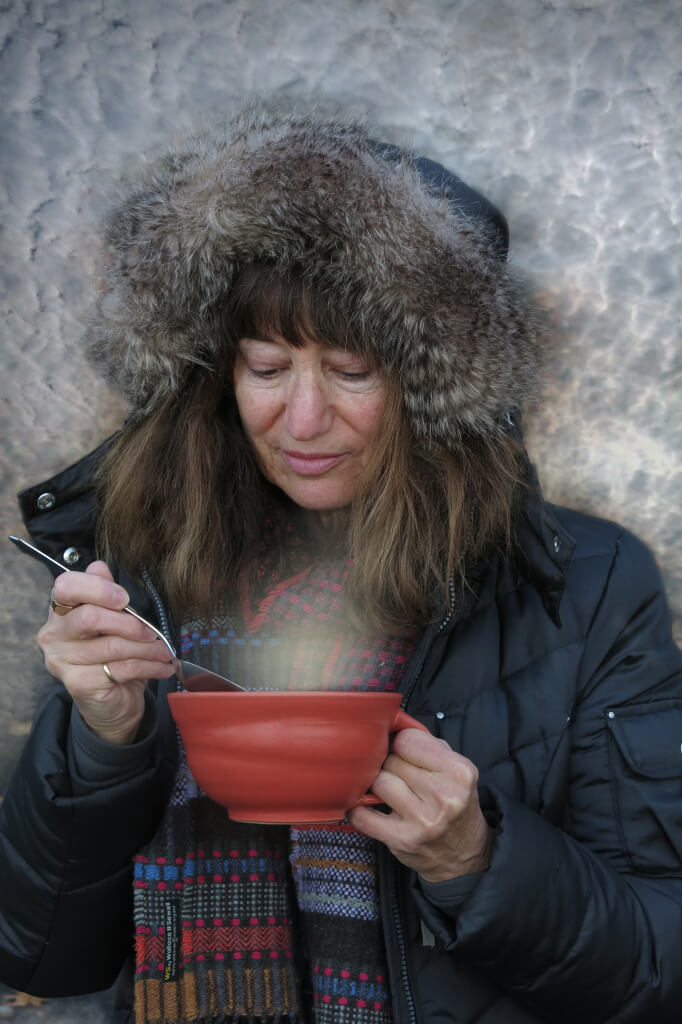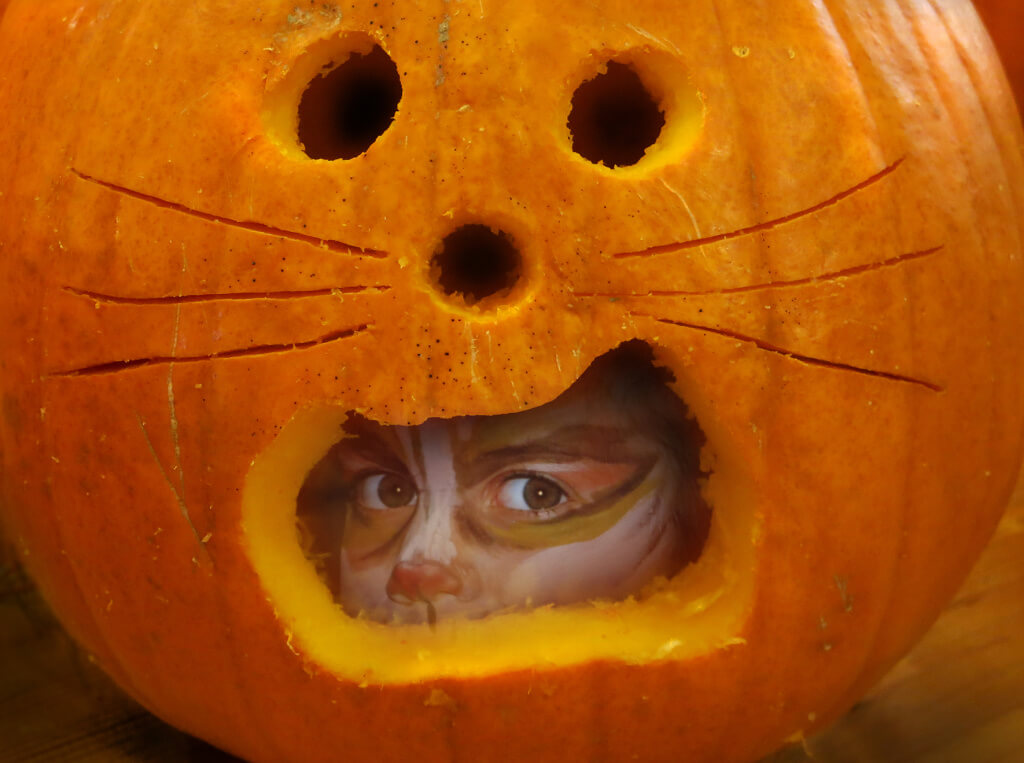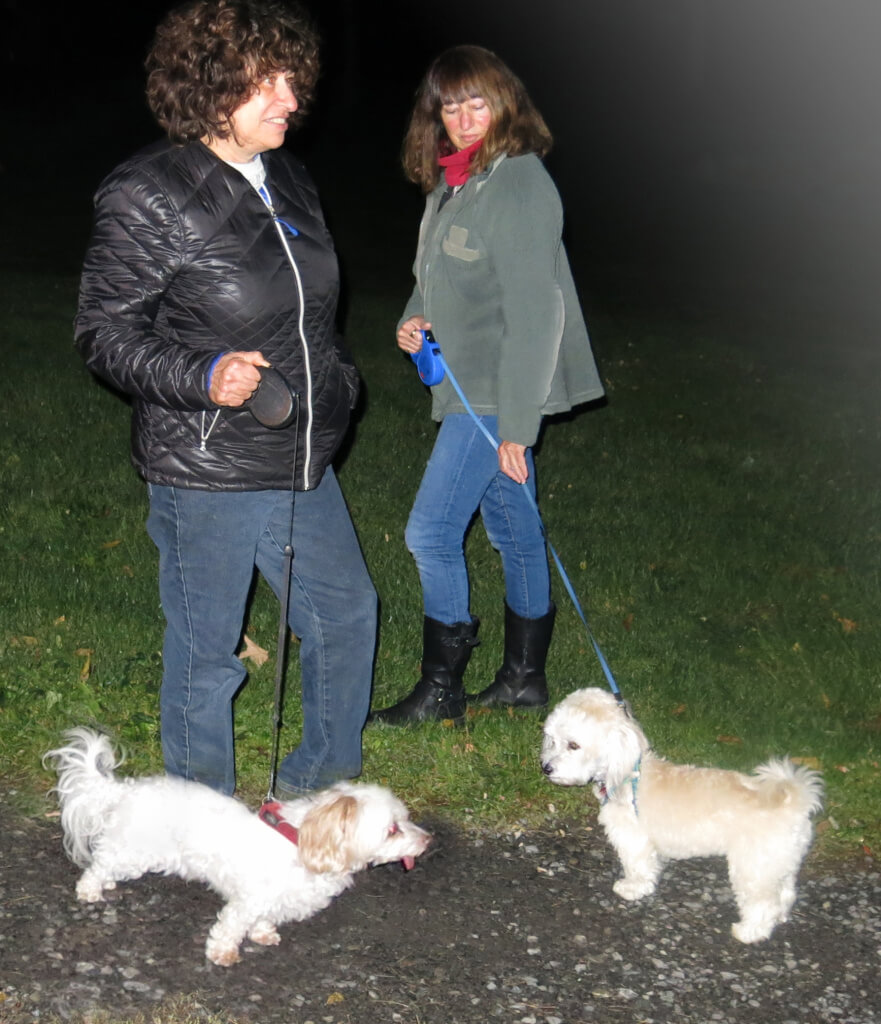 From the other side of the wind, a girl searched for a red leaf. It had to be red. When the girl was alive, she had given her mother red socks, red flowers, a red sweater and a red velvet cake. She wanted to give her mother a gift now. But from the other side of life, her options were limited to redirecting energy, manipulating objects, or invading her mother’s dreams. She finally found a perfect red leaf and traveled with the wind to her old house. She left the leaf on the lawn.
From the other side of the wind, a girl searched for a red leaf. It had to be red. When the girl was alive, she had given her mother red socks, red flowers, a red sweater and a red velvet cake. She wanted to give her mother a gift now. But from the other side of life, her options were limited to redirecting energy, manipulating objects, or invading her mother’s dreams. She finally found a perfect red leaf and traveled with the wind to her old house. She left the leaf on the lawn.
Soon her mother came out to walk the dog. The mother immediately spotted the patch of bright scarlet in the grass and thought it was a mitten. Dragging the dog over the yellow and brown leaves that dotted the lawn, she discovered it was a single red leaf. She looked around, but there were no other red leaves anywhere near. She picked the leaf up and examined its pale pink underside, turning it over and over as she walked the dog. She laid the leaf on a small bush outside the door before entering the house.
The girl sighed heavily. Her mother had left her gift behind.
As the afternoon turned into evening, the girl watched her mother come and go in and out of the house several times, eyeing the red leaf on top of the bush each time she passed. Once, her mother came outside briefly just to photograph the leaf. The girl pretended to be a breeze and made it shake. But her mother always left the leaf outside. The girl grunted.
That night the rain came down hard. The wind howled fiercely and blew the last leaves off the trees. They swooshed around in noisy gusts all night long while the girl hovered over the bush with the one lone red leaf.
In the morning she saw her mother peek through the window at the bush. Suddenly her mother rushed out the door and grabbed up the red leaf. Tears dripped down her mother’s cheeks as she looked to the sky. Then she carried the leaf into the house, into the warm kitchen. There she placed it on a tissue and studied it, as if it were a map of her daughter’s heart.
What do you think? Can we get messages or gifts from beyond life? Have you ever received one?
Please Share on your Social Media



